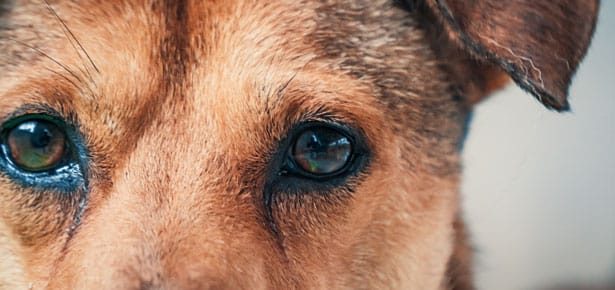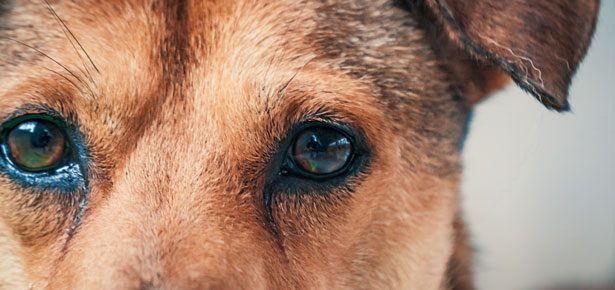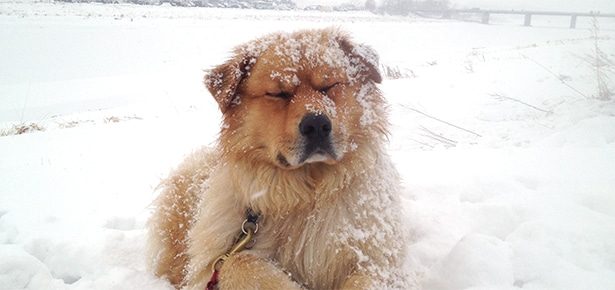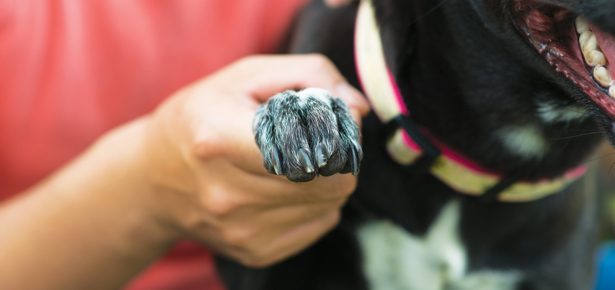

The 10 Warning Signs of Canine Cancer
How early detection can save a life
Sadly, cancer is one of the leading causes of death in dogs and cats. Some estimates suggest that more than 50 percent of dogs over 10 years old will develop cancer. Early detection is key to effective treatment, so we had Dr. Gerald S. Post, a veterinary oncologist at the Veterinary Cancer Center, the world’s largest cancer center for pets, outline the 10 most common warning signs. If you do note any of the below afflicting your dog or cat, don’t panic—these are potential warning signs, not a diagnosis—but do visit your veterinarian.
Potential Warning Signs of Canine Cancer
1. Swollen lymph nodes These “glands” are located all throughout the body but are most easily detected behind the jaw or behind the knee. When these lymph nodes are enlarged they can suggest a common form of cancer called lymphoma. A biopsy or cytology of these enlarged lymph nodes can aid in the diagnosis.
2. An enlarging or changing lump Any lump on a pet that is rapidly growing or changing in texture or shape should have a biopsy. Lumps belong in biopsy jars, not on pets.
3. Abdominal distension When the “stomach” or belly becomes rapidly enlarged, this may suggest a mass or tumor in the abdomen or it may indicate some bleeding that is occurring in this area. A radiograph or an ultrasound of the abdomen can be very useful.
4. Chronic weight loss When a pet is losing weight and you have not put your pet on a diet, you should have your pet checked. This sign is not diagnostic for cancer, but can indicate that something is wrong. Many cancer patients have weight loss.
5. Chronic vomiting or diarrhea Unexplained vomiting or diarrhea should prompt further investigation. Often tumors of the gastrointestinal tract can cause chronic vomiting and/or diarrhea. Radiographs, ultrasound examinations and endoscopy are useful diagnostic tools when this occurs.
6. Unexplained bleeding Bleeding from the mouth, nose, genitalia or gums that is not due to trauma should be examined. Although bleeding disorders do occur in pets, they usually are discovered while pets are young. If unexplained bleeding starts when a pet is old, a thorough search should be undertaken.
7. Cough A dry, non-productive cough in an older pet should prompt chest radiographs to be taken. This type of cough is the most common sign of lung cancer. Please remember there are many causes of cough in dogs and cats.
8. Lameness Unexplained lameness especially in large or giant breed dogs is a very common sign of bone cancer. Radiographs of the affected area are useful for detecting cancer of the bone.
9. Straining to urinate Straining to urinate and blood in the urine usually indicate a common urinary tract infection; if the straining and bleeding are not rapidly controlled with antibiotics or are recurrent, cancer of the bladder may be the underlying cause. Cystoscopy or other techniques that allow a veterinarian to take a biopsy of the bladder are useful and sometimes necessary to establish a definitive diagnosis in these cases.
10. Oral odour Oral tumors do occur in pets and can cause a pet to change its food preference (i.e. from hard to soft foods) or cause a pet to change the manner in which he chews his food. Many times a foul odour can be detected in pets with oral tumors. A thorough oral examination with radiographs or CT scan, necessitating sedation, is often necessary to determine the cause of the problem.
Join the newsletter and never miss out on dog content again!
"*" indicates required fields
By clicking the arrow, you agree to our web Terms of Use and Privacy & Cookie Policy. Easy unsubscribe links are provided in every email.





